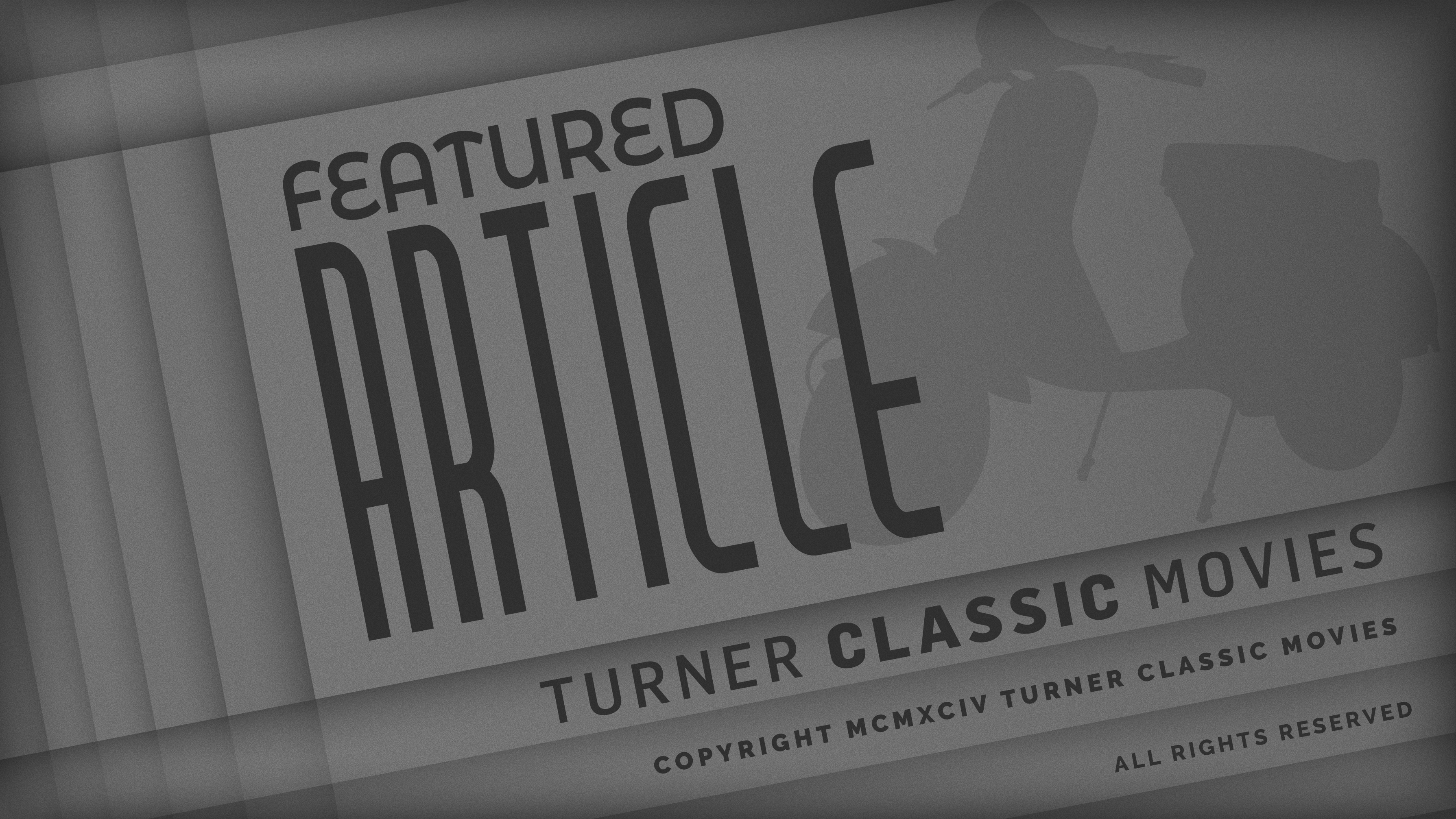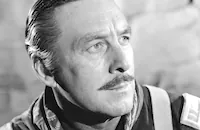John Ford's first major project as head of the Field Photographic Unit of the Navy, after producing a couple of Field Photographic reports intended for official use only, had the working title The Story of Pearl Harbor: An Epic in American History. Secretary of the Navy Frank Knox requested "a complete motion picture factual presentation of the attack on Pearl Harbor on 7 December 1941" from William "Wild Bill" Donovan, director of the Office of Strategic Services (OSS). Fords unit got the assignment, which Ford put in the hands of Gregg Toland, the legendary cinematographer who shot his Oscar-winning How Green Was My Valley (1941). Toland was one of Ford's first recruits into the Field Photographic Unit and he taught members of the unit how to operate the field cameras. His reward was the opportunity to direct and Ford paired him up with Lieutenant Samuel G. Engel, a veteran screenwriter and producer. Everyone, Ford included, expected a quick, efficient, newsreel-like production that presented the facts and provided portrait of the reconstruction. Ford left Toland and Engel in Hawaii and returned stateside, but after receiving no footage and no progress reports for six weeks, he returned to Hawaii and see what was holding things up.
This was all occurring mere weeks after the assault on Pearl Harbor. There was plenty of finger pointing and congressional investigations back in Washington and the mission and command structure of the Field Photographic unit was still not completely defined. Donovan wanted to put the lens on the military mistakes while the Navy needed something to show how they were rebuilding and recovering from the devastating attack. Toland and Engel had their own vision and turned the short report into an ambitious feature with extended fictionalized sequences featuring Hollywood actors and extensive recreations of the attack with army personnel at Pearl Harbor and the adjacent Hickam Air Force Base and miniatures filmed in Hollywood by Ray Kellogg. While some footage of the actual attacked had been filmed by Navy personnel, there was too little to provide a full portrait on film. Kellogg's special effects ended up being mistaken for actual combat footage and was used in newsreels and movies for years.
Though Ford was dubious of the direction they were going, he did not stop their work or even step in to redirect it. Rather, he took over shooting scenes of the rebuilding efforts and helmed some of the recreations until orders sent him on his own missions, including an assignment to Midway, where he shot what would become The Battle of Midway (1942). Ford had advised Toland to work quietly around the military and not draw attention to what he was doing, but Toland ignored his advice. He stepped on toes during the production and ignored military protocol and respect for rank. He was, in the words Ford biographer and grandson Dan Ford, "brash and arrogant, operating with little regard for political consequences."
By the time Ford checked back on their progress, the project was overdue, overlong, and the most controversial film to come out of his unit. Toland and Engel offered more editorializing than reporting in their feature-length production. They built it around a didactic and xenophobic debate between U.S. (Walter Huston traditional Uncle Sam get-up) and Mr. C (Harry Davenport, playing Uncle Sam's conscience) over the torn allegiances of Japanese-Americans and included scenes of an American soldier, a casualty of the attack played by Dana Andrews, looking down from heaven. One Admiral was upset at the way the film criticized the Navy's lack of preparedness. The Joint Chiefs of Staff thought it would undermine morale. The government was worried that its portrait of Japanese-Americans as potential spies could incite violence. Roosevelt issued a directive that all films produced by the Field Photo unit would be subject to censorship by the War Department. The autonomy that Ford had earned with The Battle of Midway was taken away.
The film was permanently shelved until Ford and his editor, Robert Parrish, cut it down to a more acceptable version. They removed the debates between U.S. and Mr. C, scenes that presented the Japanese of Hawaii as a race of potential traitors, and the finale with the dead soldier in heaven reminiscing with other veterans of American wars. Ford brought in screenwriters Frank Wead and James Kevin McGuinness to write new narration and softened the critique of the Navy's failures. The history and analysis was gone. Ford concentrated on the battle and the recovery, mourning the soldiers who were lost and then shifting into a portrait of the rebuilding effort. It was shortened from 83 minutes to just over half an hour and, while still kept out of general release, this version was shown to servicemen and munitions workers in 1943.
It was Ford's abbreviated cut that won the Academy Award for Documentary Short Subject in 1943, his fourth in four years. The full-length version was unseen for decades but preserved in the National Archives at Ford's request and ultimately declassified and released on home video. Now both versions are available to audiences. It makes for a fascinating contrast.
Sources:
Print The Legend, Scott Eyman. Simon & Schuster, 1999.
Pappy: The Life of John Ford, Dan Ford. Prentice Hall, 1979.
John Ford: The Man and His Films, Tag Gallagher. University of California Press, 1986.
Five Came Back, Mark Harris. The Penguin Press, 2014.
Searching For John Ford, Joseph McBride. St. Martin's Press, 2001.
IMBd
By Sean Axmaker
December 7th

Brief Synopsis
After the Japanese bombing of Pearl Harbor, the U.S. fights to survive the early days of World War II.
Cast & Crew
Read More
John Ford
Director
Walter Huston
Harry Davenport
Dana Andrews
George O'brien
Narrator
Paul Hurst
Film Details
Also Known As
December 7th: The Movie
Genre
Documentary
Classic Hollywood
Drama
War
Release Date
1943
Technical Specs
Duration
1m
Synopsis
After the Japanese bombing of Pearl Harbor, the U.S. fights to survive the early days of World War II.
Videos
Movie Clip



Hosted Intro
Film Details
Also Known As
December 7th: The Movie
Genre
Documentary
Classic Hollywood
Drama
War
Release Date
1943
Technical Specs
Duration
1m
Award Wins
Best Documentary Short Subject
1944
Articles
December 7th

December 7th
John Ford's first major project as head of the Field Photographic Unit of the Navy, after producing a couple of Field Photographic reports intended for official use only, had the working title The Story of Pearl Harbor: An Epic in American History. Secretary of the Navy Frank Knox requested "a complete motion picture factual presentation of the attack on Pearl Harbor on 7 December 1941" from William "Wild Bill" Donovan, director of the Office of Strategic Services (OSS). Fords unit got the assignment, which Ford put in the hands of Gregg Toland, the legendary cinematographer who shot his Oscar-winning How Green Was My Valley (1941). Toland was one of Ford's first recruits into the Field Photographic Unit and he taught members of the unit how to operate the field cameras. His reward was the opportunity to direct and Ford paired him up with Lieutenant Samuel G. Engel, a veteran screenwriter and producer. Everyone, Ford included, expected a quick, efficient, newsreel-like production that presented the facts and provided portrait of the reconstruction. Ford left Toland and Engel in Hawaii and returned stateside, but after receiving no footage and no progress reports for six weeks, he returned to Hawaii and see what was holding things up.
This was all occurring mere weeks after the assault on Pearl Harbor. There was plenty of finger pointing and congressional investigations back in Washington and the mission and command structure of the Field Photographic unit was still not completely defined. Donovan wanted to put the lens on the military mistakes while the Navy needed something to show how they were rebuilding and recovering from the devastating attack. Toland and Engel had their own vision and turned the short report into an ambitious feature with extended fictionalized sequences featuring Hollywood actors and extensive recreations of the attack with army personnel at Pearl Harbor and the adjacent Hickam Air Force Base and miniatures filmed in Hollywood by Ray Kellogg. While some footage of the actual attacked had been filmed by Navy personnel, there was too little to provide a full portrait on film. Kellogg's special effects ended up being mistaken for actual combat footage and was used in newsreels and movies for years.
Though Ford was dubious of the direction they were going, he did not stop their work or even step in to redirect it. Rather, he took over shooting scenes of the rebuilding efforts and helmed some of the recreations until orders sent him on his own missions, including an assignment to Midway, where he shot what would become The Battle of Midway (1942). Ford had advised Toland to work quietly around the military and not draw attention to what he was doing, but Toland ignored his advice. He stepped on toes during the production and ignored military protocol and respect for rank. He was, in the words Ford biographer and grandson Dan Ford, "brash and arrogant, operating with little regard for political consequences."
By the time Ford checked back on their progress, the project was overdue, overlong, and the most controversial film to come out of his unit. Toland and Engel offered more editorializing than reporting in their feature-length production. They built it around a didactic and xenophobic debate between U.S. (Walter Huston traditional Uncle Sam get-up) and Mr. C (Harry Davenport, playing Uncle Sam's conscience) over the torn allegiances of Japanese-Americans and included scenes of an American soldier, a casualty of the attack played by Dana Andrews, looking down from heaven. One Admiral was upset at the way the film criticized the Navy's lack of preparedness. The Joint Chiefs of Staff thought it would undermine morale. The government was worried that its portrait of Japanese-Americans as potential spies could incite violence. Roosevelt issued a directive that all films produced by the Field Photo unit would be subject to censorship by the War Department. The autonomy that Ford had earned with The Battle of Midway was taken away.
The film was permanently shelved until Ford and his editor, Robert Parrish, cut it down to a more acceptable version. They removed the debates between U.S. and Mr. C, scenes that presented the Japanese of Hawaii as a race of potential traitors, and the finale with the dead soldier in heaven reminiscing with other veterans of American wars. Ford brought in screenwriters Frank Wead and James Kevin McGuinness to write new narration and softened the critique of the Navy's failures. The history and analysis was gone. Ford concentrated on the battle and the recovery, mourning the soldiers who were lost and then shifting into a portrait of the rebuilding effort. It was shortened from 83 minutes to just over half an hour and, while still kept out of general release, this version was shown to servicemen and munitions workers in 1943.
It was Ford's abbreviated cut that won the Academy Award for Documentary Short Subject in 1943, his fourth in four years. The full-length version was unseen for decades but preserved in the National Archives at Ford's request and ultimately declassified and released on home video. Now both versions are available to audiences. It makes for a fascinating contrast.
Sources:
Print The Legend, Scott Eyman. Simon & Schuster, 1999.
Pappy: The Life of John Ford, Dan Ford. Prentice Hall, 1979.
John Ford: The Man and His Films, Tag Gallagher. University of California Press, 1986.
Five Came Back, Mark Harris. The Penguin Press, 2014.
Searching For John Ford, Joseph McBride. St. Martin's Press, 2001.
IMBd
By Sean Axmaker




















